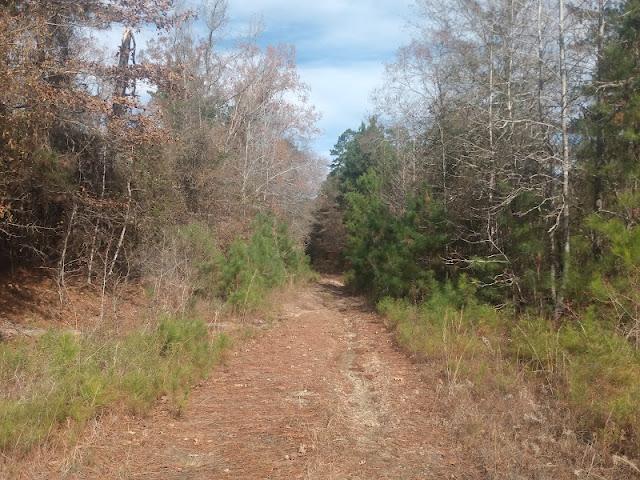Over the past several years I have spent a great deal of time documenting the decline of several small towns in Louisiana. The changes in the social and economic climate teamed with the relocation of the highway system have spelled doom and gloom for many similar small towns throughout the region. A once prosperous part of America is slowly dying and will soon be nothing more than ghost towns.
Traveling north out of Louisiana into Arkansas provides the traveler an opportunity to experience even more rural decay. The town of Junction City straddles the state line between Arkansas and Louisiana and like many of the towns that I have written about previously has an interesting history.
Junction City was once a railroad town, created by the Arkansas Southern Railroad company in the late 1800s and later served by the now defunct Rock Island Railroad. Local lumber companies provided pulp wood products for the railroad and like many other such towns the community sprung up around the rail line. Unfortunately Junction City's prosperity hinged on the success of the railroad and when the Rock Island went bankrupt in the early 1980s the writing was on the wall for this small town.
Here is some history:
Junction City was created by the Arkansas Southern Railway Company, which was formed by the directors of the South Arkansas Lumber Company. Both businesses were incorporated in August 1892, and the railroad began building a line from El Dorado (Union County) south to the state line. It reached the state line in 1894, and Junction City was platted at that time. Lots were auctioned at a public barbecue. Many of the successful bidders were from the town of Blanchard Springs in Union County; when their homes and businesses were established in Junction City, Blanchard Springs was slowly abandoned. A post office was opened in the new city in October 1894. At first it was called “Junction,” but the full name was approved by the postal service in 1897. Junction City was incorporated in 1895. The original buildings of the city were made of wood, but after several fires around the turn of the century, the damaged wood structures were replaced with brick buildings.
A well was dug near the center of Junction City early in its history. The well, which was located on the state line, was mentioned in Ripley’s Believe-It-Or-Not around the middle of the twentieth century. It had a trough for livestock as well as drinking-water facilities for people, but it no longer exists. Junction City now has two water towers, one in Arkansas and the other in Louisiana.
Map:
Here is what Junction City looks like today.
Check Out:
























No comments:
Post a Comment